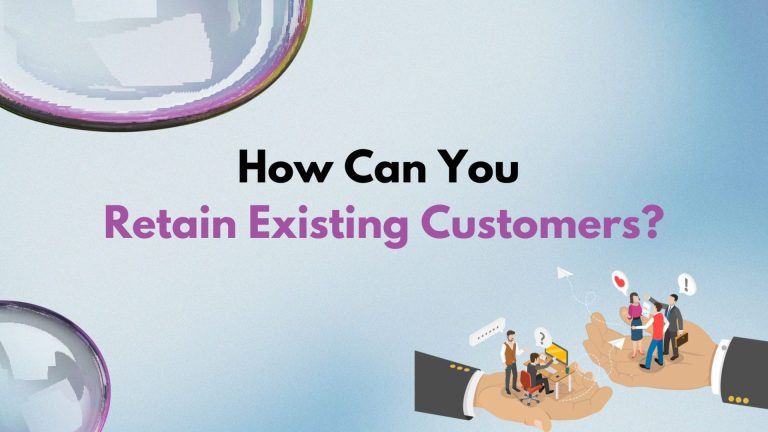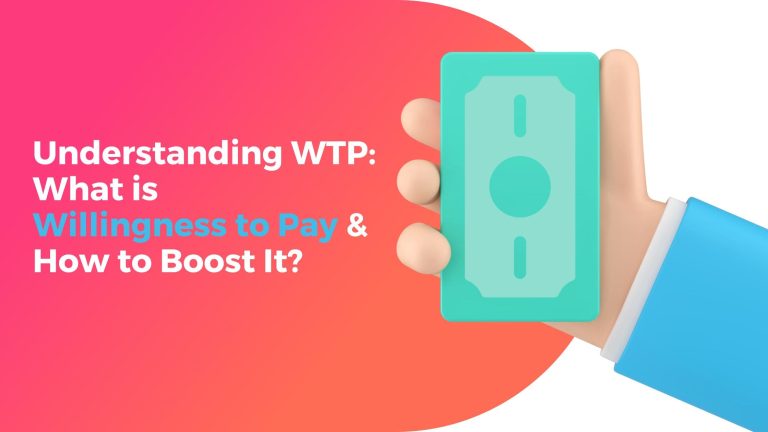Are You Focused On Buying Your Customers?
BUYING customers…I know it sounds funny. But it’s a lot better than BEGGING for customers or PRAYING for customers to come your way.
Traditional marketing is the old way of doing business. Buying customers is the new way of doing business.
So what is buying customers really? Actually, it’s simple. You’ve got to understand that customers never come for FREE. Customers will only come if you remain focused on effective marketing and sales efforts and of course, this will cost you. Remember even if you receive orders via say referrals, it still costs you the salary for the time effort to convert the referral.
Imagine if you invested ₹1,000 in your marketing and sales effort and you landed with a customer who in turn spent enough to give you a ₹ 10,000 profit. That’s right ₹ 1,000 OUT and ₹ 10,000 right Back IN.
At this rate, how many times would you be willing to invest ₹ 1,000? Multiple times isn’t it?
When you know HOW to buy every single customer at profit, you know you can invest as many ₹ 1,000 as your resources and cashflow will allow. Buy enough of them and you will have a thriving high growth business.
I know….the question that would come to your mind now would be “How do I know, I am buying customers at the right price?”.
To get this right, it requires Test & Measure in your business. It requires you to be focused on a metric called “Customer Acquisition Cost (CAC)” and another metric called “Life Time Value (LTV)”.
Very simplistically put, CAC can be calculated by simply dividing all the costs spent on acquiring new customers (marketing expenses) during a period of time, by the number of customers acquired in that period. For example, if a company spent ₹100 on marketing in a year and acquired 100 customers in the same year, their CAC is ₹1.00.
LTV is the prediction of the entire profit expected to be generated through the lifetime of the customer spending with your company.
Once you know your metrics, then it’s as simple as this: your business will fail if your CAC is higher than your LTV. A typical rule of thumb to follow is the ratio of LTV : CAC
- If the ratio is Less than 1:1 – Then Sorry, you are on your pathway to extinction very soon.
- 1:1 – Ouch…You’re losing money from every acquisition
- 3:1 – Pat yourself, as this is the perfect level. You have a thriving business and a solid business model.
- 4:1 – This is good news, but you’re under investing and losing out on opportunities to grow faster. Start more aggressive campaigns to acquire customers and bring your ratio closer to 3:1
Thus, in the new age business it’s very important to know your numbers. Once you know your numbers accurately, you can put in the right strategies to get higher return on your marketing investments. The metrics will drive you to have best suited strategies for:
- Targeted marketing for increased leads
- Better sales conversions
- Higher customer retention
- Up Sell, Cross Sell
Imagine how much your business would grow if you applied this to your business? Could you double your income, clients or revenue in the next year?
Begin thinking bigger than you are allowing yourself to believe you can achieve.
The tips we share are a small part of what we do at our coaching sessions.
If you’d like to take the whole framework and install it in your business, then do drop an email at [email protected] with the subject line “Scale Session” and we’ll reach out to you with all the details quickly.












